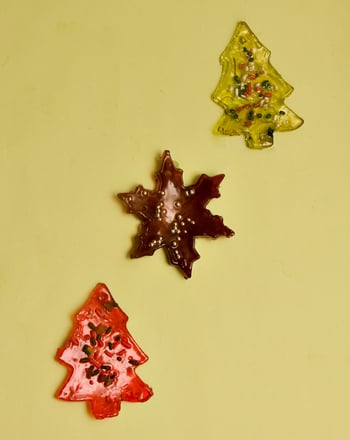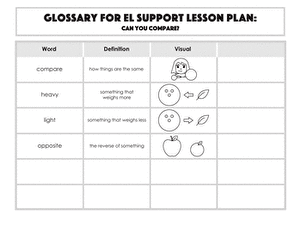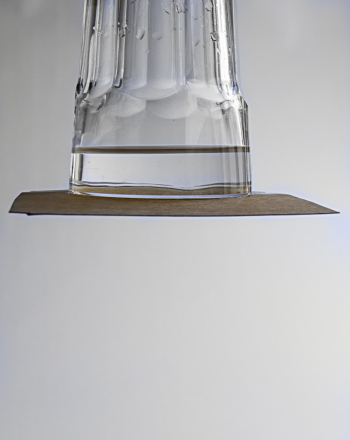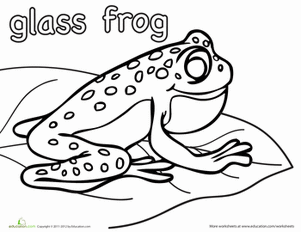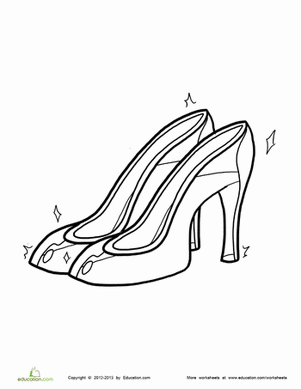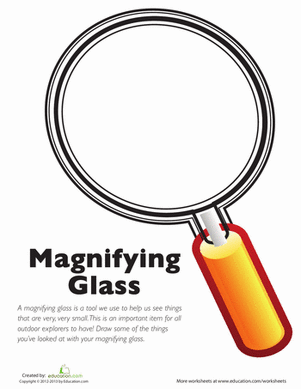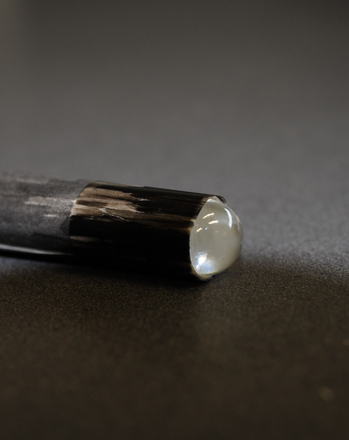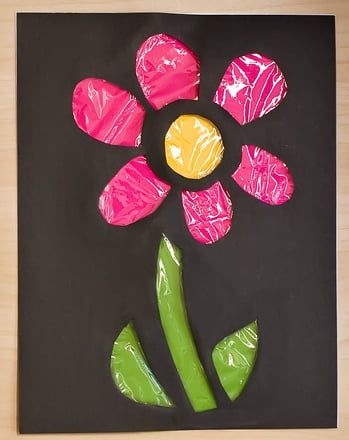Science project
Can You Shatter Glass With Soundwaves?
Grade Level: 9th to 10th; Type: Physical Science
Objective
In this experiment, students will find out whether matching resonant frequencies can cause objects to shatter. This is a pretty advanced experiment as it requires knowledge of both acoustics and how to use an oscilloscope.
Research Questions
- What is resonant frequency? Do all objects have this?
- What is an oscilloscope and how does it work?
- Are there certain types of glass that are easier to shatter than others with sound?
Each thing has a natural sound frequency that causes it to vibrate, called resonant frequency. The vibrations will travel through the material and into air molecules, which produces the sound waves that we hear with our ears. If you match the object's exact resonant frequency with a device and amplifier, and if the sound played loud enough, you may cause the object to break.
Materials
- A wine glass
- An oscilloscope (you can get this online and the handheld ones are around $150)
- A microphone
- Loudspeakers (at a specialty music/audio equipment store)
- Amplifier (at a specialty music/ audio equipment store)
- The device that is going to play the sound (such as an instrument or a sound generator)
- Ear protection (heavy-duty earplugs)
- Goggles
- Pen and paper for notes
Experimental Procedure
This should be done in a studio or sound-proof room; ear/audio protection gear should be worn.
- First you must find the resonant frequency of your wine glass. To do this, attach a microphone to an oscilloscope, following your manual on oscilloscope functions and settings. Then set the microphone next to the glass, and ping the glass with your finger so that it rings. The oscilloscope should tell you the resonant frequency.
- Take the loudspeaker and set it next to the wine glass. You may want to tape the base of the wine glass down to prevent movement.
- Attach the loudspeaker to an amplifier to further boost the volume.
- Attach the amp to the device that is going to play the note identical to the resonant frequency of the glass.
- Play the device at the specified resonant frequency of the glass, steadily turning up the volume.
- Record your results. Did the glass crack? Break? At what volume did the glass respond to the sound?
Terms/Concepts: resonant frequency; volume/loudness; audio/acoustics; hertz; sound waves; pitch
References: Wikipedia's Sound page; The Frequency, Wavelength, and Pitch page at Connexions; The Science Book of Sound, by Neil Ardley (Houghton Mifflin Harcourt Publishing, 2001).
Education.com provides the Science Fair Project Ideas for informational purposes only. Education.com does not make any guarantee or representation regarding the Science Fair Project Ideas and is not responsible or liable for any loss or damage, directly or indirectly, caused by your use of such information. By accessing the Science Fair Project Ideas, you waive and renounce any claims against Education.com that arise thereof. In addition, your access to Education.com's website and Science Fair Project Ideas is covered by Education.com's Privacy Policy and site Terms of Use, which include limitations on Education.com's liability.
Warning is hereby given that not all Project Ideas are appropriate for all individuals or in all circumstances. Implementation of any Science Project Idea should be undertaken only in appropriate settings and with appropriate parental or other supervision. Reading and following the safety precautions of all materials used in a project is the sole responsibility of each individual. For further information, consult your state's handbook of Science Safety.




